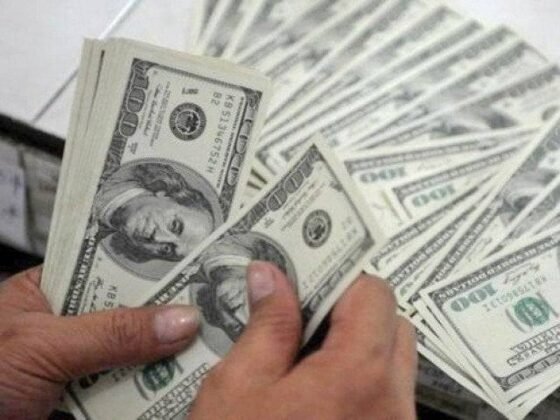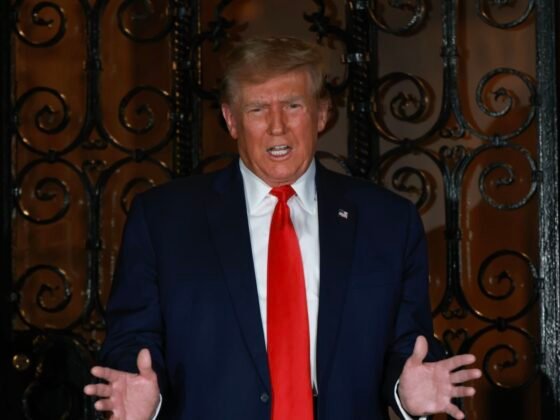Manufacturing, complete new orders and output costs all improved to the best stage in no less than a yr, whereas a pick-up in a studying for the development sector indicated a constructing increase is undiminished.
The official Buying Managers’ Index (PMI) launched on Saturday rose to 52.four in September, from 51.7 in August and nicely above the 50-point mark that separates progress from contraction on a month-to-month foundation.
It marked the 14th straight month of growth for China’s huge manufacturing trade and the best studying since April 2012. Analysts surveyed by Reuters had forecast the studying would ease barely.
The information comes forward of the Communist Occasion Congress in mid-October, a once-every-five-years assembly the place new leaders are appointed and the federal government’s key political and financial initiatives are laid out, although particulars are normally not introduced till a lot later.
China’s economic system grew by a faster-than-expected 6.9 p.c within the first half of 2017, and appears set to simply meet the federal government’s full-year goal of round 6.5 p.c.
China’s producers are reporting their greatest income in years, fuelled by government-led infrastructure spending, a robust housing market, increased factory-gate costs and a restoration in exports.
However value pressures from excessive uncooked supplies costs and continued underperformance of smaller corporations imply some producers are nonetheless struggling.
“Mid- and downstream industries are anxious a couple of additional improve in value pressures,” Nationwide Bureau of Statistics official Zhao Qinghe wrote in feedback revealed with the info.
INPUT PRICES CLIMB
The most recent survey confirmed enter costs continued to rise at a strong clip, with the studying at 68.four in contrast with 65.three in August, benefitting upstream producers similar to miners, smelters and oil refiners.
Indexes for uncooked supplies costs within the paper, wooden processing and furnishings, and chemical merchandise manufacturing industries had been all above 75.zero, stated Zhao, indicating massive worth will increase.
Output costs additionally rose however at a slower tempo, pointing to decrease revenue margins for firms additional alongside the provision chain who’re unable to go on all the worth will increase to their clients.
Metal mills, specifically, proceed to run at full tilt to money in on fats revenue margins as demand stays robust and the federal government has stated it is going to order mills to curb manufacturing to cut back choking air air pollution over winter.
A separate PMI on the metal trade fell to 53.7 in September from 57.2 in August however remained in strong growth territory, based on knowledge from the China Federation of Logistics and Buying.
The federation stated excessive costs for coking coal and different uncooked supplies, together with limits on metal manufacturing in North China, meant metal corporations had been reluctant to spice up inventories of uncooked supplies.
For the manufacturing sector general, inventories of uncooked supplies and completed items continued to say no in September, offering little indication that factories had been stocking up in preparation for winter manufacturing cuts.
Large corporations noticed the strongest enchancment in September, with a big corporations sub-index rising to 53.eight, whereas one for small corporations improved barely however was nonetheless in contraction territory at 49.four.
The spectacular efficiency for China’s producers comes regardless of a authorities push to shutter outdated industrial capability and clear up polluting industries, although some analysts say official claims of huge capability cuts are deceptive as general manufacturing remains to be rising.
Chinese language authorities are additionally within the midst of a marketing campaign to cut back the dangers from a speedy build-up in debt produced by years of credit-fuelled stimulus, and the continued power of the economic sector may give policymakers confidence to stay to the push for deleveraging.
PRIVATE SURVEY SHOWS SLOWER GROWTH
A separate personal survey could mood among the enthusiasm, because it confirmed progress slowed in September amid excessive pricing stress and slower new order progress.
The Caixin/Markit Manufacturing Buying Managers’ Index (PMI) fell to 51.zero in September, in contrast with 51.6 in August, as new export order progress slipped.
Thus far, the regulatory clampdown has centered on the monetary sector, significantly interbank and shadow banking exercise, and the pass-through to the true economic system seems to be restricted.
However S&P final week downgraded China’s sovereign credit standing, saying the federal government’s deleveraging drive has progressed slower than anticipated, resulting in increased financial and monetary dangers.
An official survey on the providers sector revealed Saturday rose on the quickest tempo since 2014, although positive factors in that sector had been additionally pushed by increased enter costs.
A sub-reading for the development sector rose to 61.1 in September from 58.zero in August.
The official knowledge confirmed corporations in each the manufacturing and providers sector continued to shed staff.










